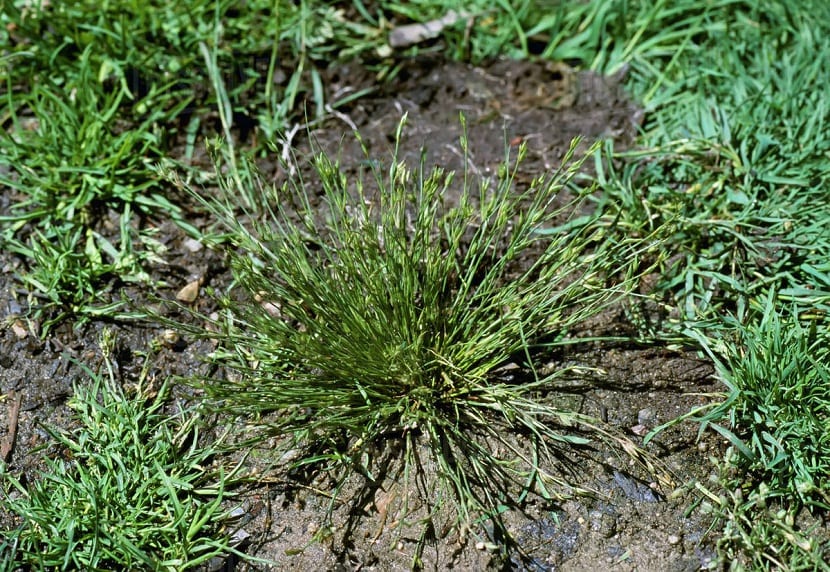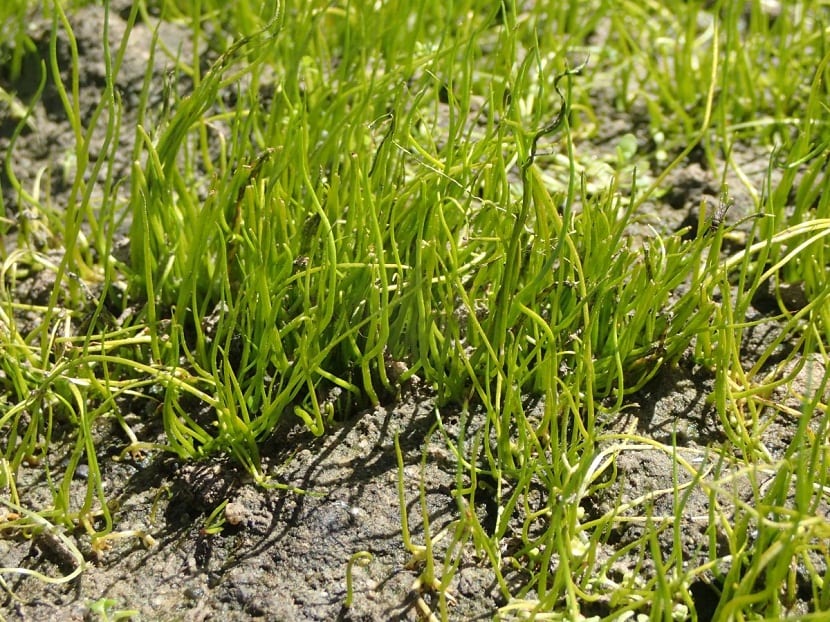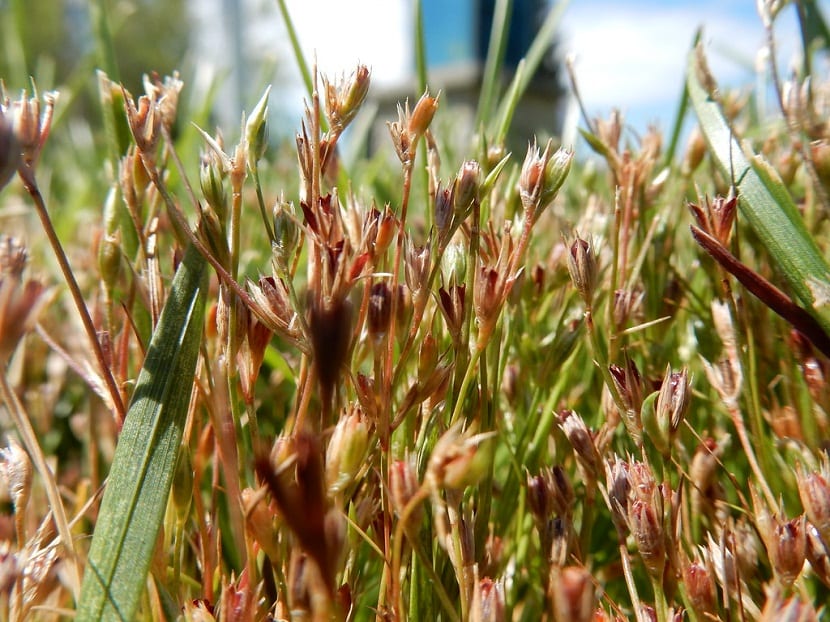
El juncus buphonius It is a plant belonging to the reed family, commonly known as toad reed. It is a fairly common annual species It is found practically everywhere on the planet and it thrives in humid and muddy places and is considered a weed in many regions. This is an annual monocot that has a fairly variable countenance. Its name derives from Latin junior, which means "to unite" y bufonius also from the Latin meaning "toad" because it grows in places habitually inhabited by these animals. It is sometimes described as a complex of variants labeled with the name of a species.
Habitat

El juncus buphonius it is a cosmopolitan species that can be seen in soils subject to seasonal changes in water levels, often in sandy or compacted soils, being also common to see them along the roads, that is why it is considered as weeds. This reed is distinguished by its small size and it is that it can rarely reach 20 centimeters in height. The absence of auricle in this species is what differentiates it from almost all reeds. Something similar to what happens with the juncus pelocarpus.
Juncus bufonius characteristics
Its flowers are essentially simple in the nodes, sometimes in heads of 2 to 4 and usually all arise from one side of a branch. Its foliaceous organ or bract is small, brown in color, similar to paper, and has scrapes at the base. At the branch node, a pair of bracts can be seen, which can be leaf-shaped.
Its petioles are somewhat short and have 6 tepals (petals and related sepals) divided into 2 layers, an outermost one approximately 3 to 6 mm long and an inner one slightly shorter than the first, both in the shape of a lanceolate that narrows as it approaches the tip, green with a border transparent whitish. The flowers have a mood of 3 parts and 6 stamens, the anthers are in some cases longer than the filament or shorter. Sometimes self-pollinating flowers are formed that remain closed and do not open (cleistogamic flowers). The flowering period occurs between the months of September and March.
In relation to the stem, this one is slim, erect and blooming; It has 1 to 2 leaves placed alternately in the extension of the stem and generally few basal leaves, sometimes more, with glabrous and fibrous roots. The leaves of the plant can be half an inch to four inches long and up to 1.1 mm wide, somewhat prominent on the upper side and flattened or channeled on the underside. The pod of this species can be seen open at the front. The tip of the sheath is rounded but has no lobes (auricles) that develop above the base of the leaf.
The basal sheaths are normally red to purple in color. Stems are cylindrical in cross section, flat, erect to prostrate, usually unbranched, except in flower clusters, generally multiple from the base and forming loose to dense clusters.

The fruit of the plant is capsulated and has a single chamber, its measurements range from 3 to 4 mm in length, with a tone ranging from brown to reddish. The seeds are oval-elliptical, 0.3 to 0.6 mm long, amber in color with a network of tiny ridges on the surface. In general the plants belonging to the family juncaceae They do not have greater commercial value, however in many countries of Southeast Asia it is used in the manufacture of mats. Its stems and leaves are also frequently used., combined with other materials, such as cotton and hemp.